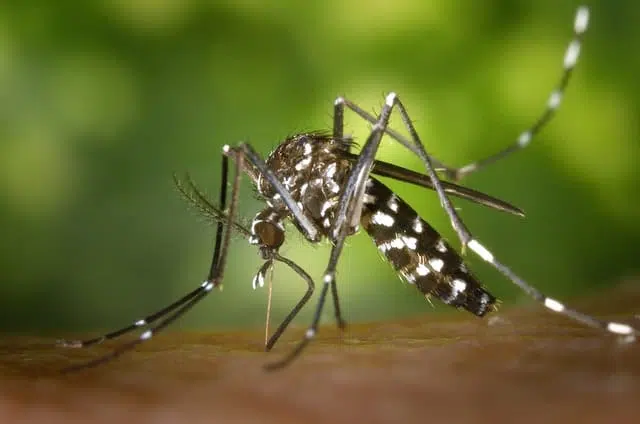Do you want to learn about Animals that Kill Humans? Have you ever watched one of those NatGeo Wild documentaries where predators hunt down and sometimes catch their prey? Ever wondered if something similar could happen to a human being?
It is a common misconception that humans are apex predators or at the top of the food chain. However, contrary to those beliefs, so many animals could prove deadly to humans.
They come in a wide range of sizes and live in different habitats. Although it’s not a pretty sight, you must know what animals could kill you and where you’ll likely encounter them.
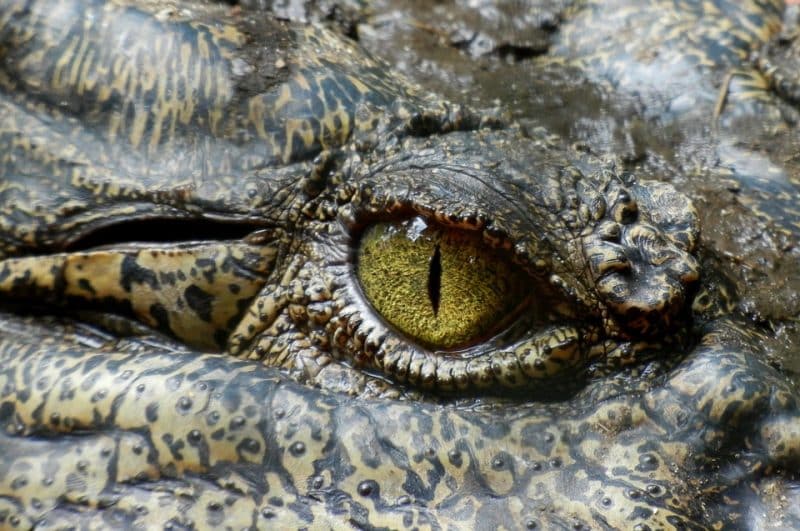
In this article, we learn about some of the deadliest or most dangerous animals that kill humans, the number of deaths caused by each animal yearly, habitat, population, and many more.
Some of the Animals That Kill Humans:
1. Mosquitoes
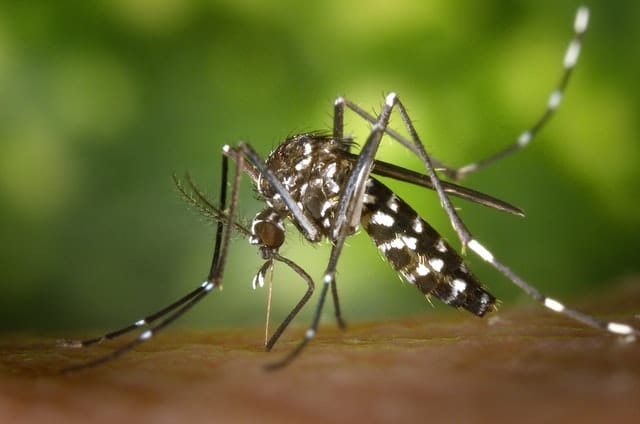
- Classification: Insecta
- Scientific Name: Culicidae
- Population: 110 trillion
- Average Weight: 5 mg
- Average Length: Adult: 3 mm-6 mm
- Smallest: 2 mm
- Largest: 19 mm
- Habitats: forest, marshes, tall trees, stagnant water, and residential areas
Despite its small size, the mosquito is one of the deadliest animals to humans. Mosquitoes are responsible for over 750,000 human deaths annually. It’s not about the animal itself but the diseases they carry. Mosquitoes carry lethal diseases, including malaria, dengue, and yellow fever.
There are more than 3500 species of mosquitoes, further divided into 110 genres and subgenres, including the Anopheles, Culex, and Aedes. They’re widespread and can be found in every region except Antarctica. They also adapt well to urban environments and new places.
The lifespan of a mosquito heavily depends on the species, temperature, humidity, and time of the year. On average, female mosquitoes live only for a few weeks, while male lives for only one week. However, in that short time, mosquitoes are actively growing and reproducing. A female mosquito can lay over 100 eggs in one reproductive cycle and, depending on circumstances, can have up to 10 reproductive cycles in her lifespan.
Mode of Attack
Mosquitoes use their mouth part (called a proboscis) to suck up blood. As the mosquito feeds, it transfers saliva into the skin. As the body reacts to the saliva, it results in a bump and itching. Some people may have mild reactions to its bites. Sometimes, the saliva contains disease-carrying pathogens and is injected into the person being bitten.
How Can You Prevent or Control The Population of Mosquitoes?
You can control the mosquito population in your environment and limit the rate at which they spread diseases by removing the factors that make it favorable for them. Mosquitoes like breeding in damp, humid spots, be sure to:
- Drain stagnant water
- Apply insecticides around the house
- Maintain good proper drainage
- Put a fly screen on windows and doors.
- Use mosquito repellants, coils, nets, and clothing
- Clear refuse or cluttered spaces around the environment.
2. Snakes
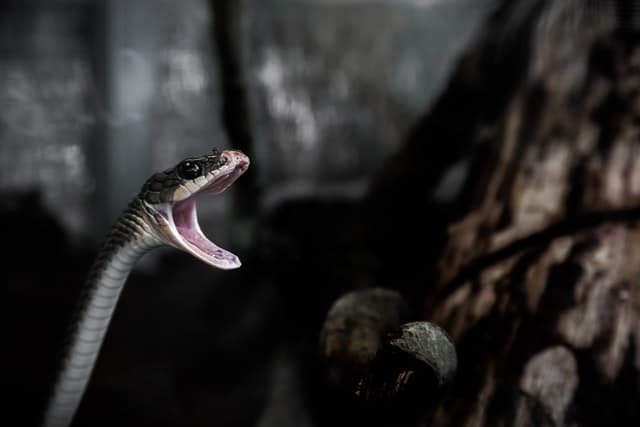
- Classification: Reptilia
- Scientific Name: Serpentes
- Lifespan: 20-30 years (in the wild)
- 15-20 years (pet snake)
- Population: over 3000 species
- Average Weight: 25-35 kg
- Average Length: 3.3 ft
- Habitats: forest, swamp, grassland, desert, and fresh or saltwater
Snakes are responsible for over 100,000 human deaths annually. There are so many dangerous species of snakes out in the wild — both venomous and non-venomous. It will be virtually impossible to list them all out.
Black Mambas are considered one of the most deadly snakes of the venomous kind. They are huge, have a well-developed sense of vision, are very fast, highly aggressive, and extremely toxic. They’re known to beat at a victim once they feel cornered. One bite injects venom with cardio and neurotoxins to kill 10 people. Want to compare it to another black animal’s bite?
A Black Mamba’s bite is highly lethal and fatal if left untreated. Other dangerous venomous snakes include vipers, banded krait, eastern tiger snakes, and cobras.
Other deadly but nonvenomous snakes include pythons, boa constrictors, and anacondas. However, these only attack humans once they feel threatened.
Mode of Attack
The snake bites the prey when it quickly wraps its body tight coils around thegamey. The presence of fangs gives venom when they bite, leaving one with two open marks. Nonvenomous snakes leave two rows of teeth marks after they bite.
Prevention and Control
- Avoid places where snakes may live
- Watch where you sit outdoor
- Clear bushes around you
- Wear boots and long pants when hiking
3. Dogs
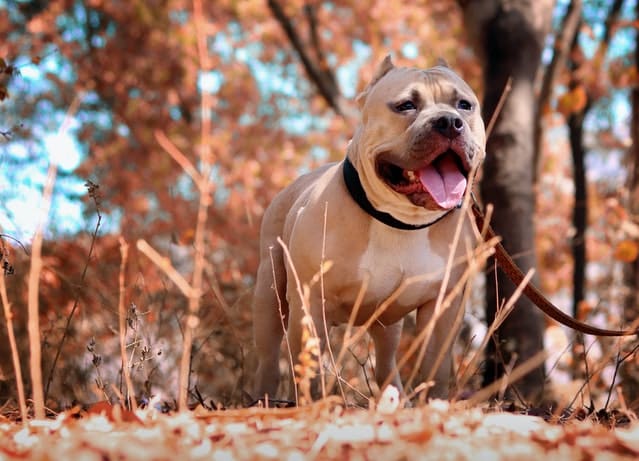
- Classification: Mammalia
- Scientific Name: Canis lupus familiaris
- Lifespan: 10-13 years
- Population: over 400 breeds
- Average Weight: 22lbs or less (small)
- 22lbs-55lbs (medium)
- 55lb and above (large)
- Average height: 24 inch
- Habitats: Forests, Bushlands, grasslands, deserts, coastal regions, and arctic zones
There are over 400 recognized breeds of dogs, and they all have different characteristics, sizes, and attributes. There is an estimate of over 25,000 deaths caused by dogs yearly, and many of the deaths recorded are not caused by dogs mauling people but through a virus called rabies.
Rabies is a deadly virus that many animals can carry, including dogs. It is usually spread from animal to animal through scratches or bites. If a rabid dog bites or scratches a person deeply, there’s a high chance that the virus will be transmitted to them.
The virus causes symptoms such as muscle spasms, headache, fever, paralysis, mental confusion, etc. Rabies is a fatal virus that has a 99% mortality rate. The virus can affect any dog breed, but vaccinated dogs are less susceptible.
Other causes of death caused by dogs had to do with mauling.
Mode Of Attack
Dogs’ mode of attack starts with their stance. They give a wideviewe to assert dominance, their ears turn up, their tails become stiff, and they show their canines while growing lowly. Dogs usually run or leap to their prey and bite. Sometimes, they might bite and hold on, or drag the piece of flesh until it is torn off. If an aggressive dog isn’t calmed down on time, it can maul a human.
Prevention and Control
- Read the body language of the dog.
- Avoid eye contact.
- Turn your body slowly to the side.
- Cross your arms.
- Completely ignore the dog.
- Be still for a short period and then move away.
- Try to get to a place with a barrier between you and the dog.
4 Freshwater Snails
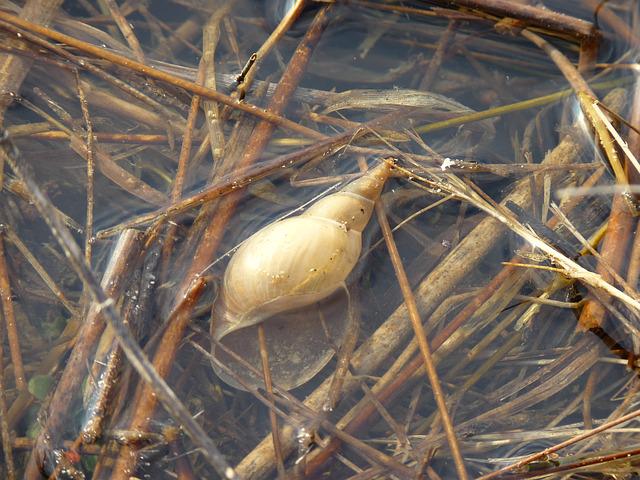
Classification: Gastropoda
Scientific Name: Gastropod Mollusks
Population: Over 4,000 species
Lifespan: 2-3 year,s depending onthe species
Average Length: 40-45mm
Habitats:lakese, ponds, rivers, streams
Freshwater snails kill up to 10,000 humans yearly through a disease called Schistosomiasis. It is a disease caused by a parasitic worm that lives in snails like freshwater snails. The parasite can be found in the Middle East, sub-Saharan, the Caribbean, Southeast Asia, and other tropical/subtropical countries.
The parasite contaminates freshwater through infected animals’ or humans’ feces or urine. The parasite infects humans by penetrating the skin, entering the bloodstream, then moving to the intestines, livers, and other organs.
The early symptoms include fever, chills, muscle, joint pain, etc. Later, it leads to difficulty urinating, blood in urine or stool, enlarged liver, etc. Although there’s a cure for the disease, it is still a leading cause of human death.
Prevention and Control
- Avoid swimming or waddling in freshwater areas prone to Schistosomiasis.
- Drink safe water because the parasite can burrow into your lips and cause infection.
- Visit a doctor if you notice any symptoms after visiting a country prone to Schistosomiasis.
- In areas where Schistosomiasis is common, snails/other animals carrying the disease should be eliminated.
5. Assassin Bugs
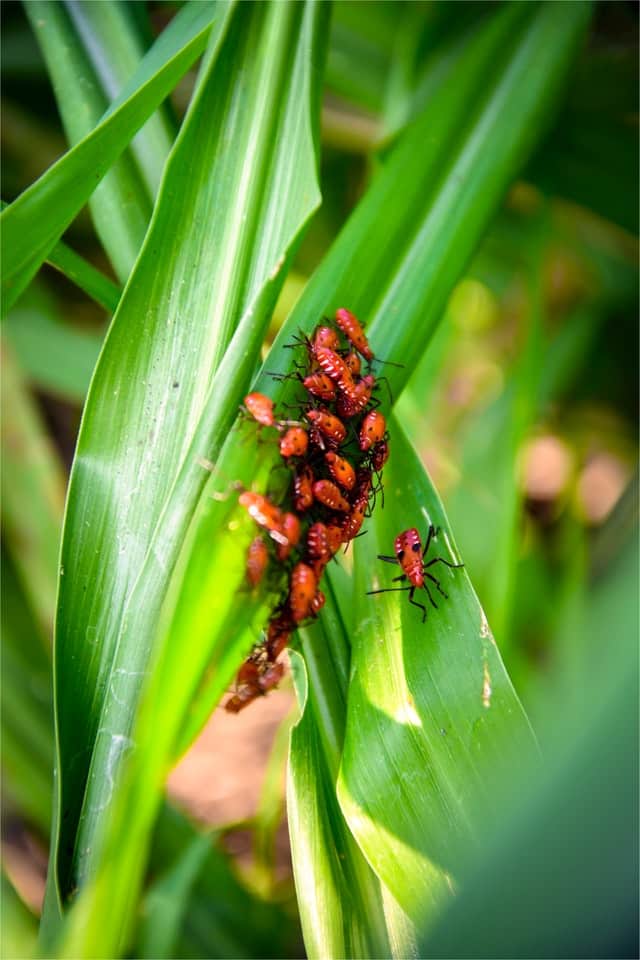
- Classification: Insecta
- Scientific Name: Reduviidae
- Population: up to 7,000 species
- Lifespan: 6-10 months
- Weight: 3-4 mg
- Length: 5-40mm
- Habitat: rainforest, rocky areas
Assassin bugs are predatory bugs found mainly in Central America and South America. They carry a parasite called Trypanosoma cruzi, which causes an infection known as Chagas disease.
Bug assassins crawl on people’s faces before and after they bite them. If the person scratches those bites, they can be infected with the parasite, one of the Animals That Kill Humans.
The symptoms include fever, headaches, eyelid swelling, fatigue, etc. Later, symptoms could be quite fatal. Although the disease can be treated (especially) early, it still causes about 12,000 deaths yearly.
Over 7,000 species of this insect share one characteristic – a curved, dagger-like beak used to bite their victims and infect them with disease-carrying pathogens. The most dangerous subspecies to humans is the kissing bug because it carries the pathogen that causes Chagas disease, which can damage our major organs and cause death.
Mode of Attack
The assassin bug is nicknamed the kissing bug because of its mode of attack. They bite around the mouth and eyes but sometimes attack other body areas, including the head, face, hands, and legs. They pierce the skin of their prey with their long mouthpiece and leave 2-15 bite marks around the area. The bite marks may become swollen and red.
Prevention and Control
- Keep screens on all windows and doors
- Snap out regular light bulbs for yellow ones.
- Make sure there is no gap underneath external doors.
- Spray insecticides if assassin bugs are around you.
6. Tsetse Fly
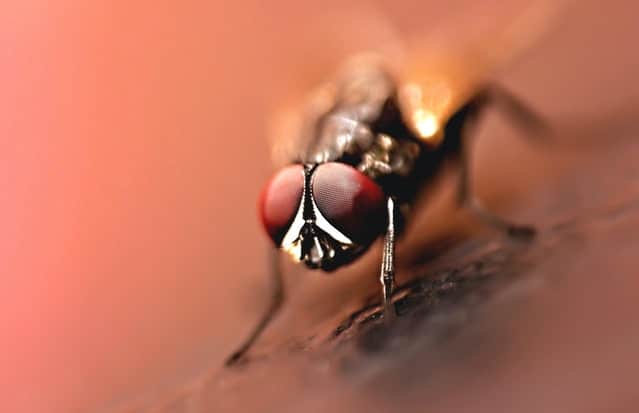
- Classification: Insecta
- Scientific Name: Glossina spp.
- Population: More than 29 species
- Lifespan: Male: 2-3 weeks,
- Female: 1-4 months
- Length: 6-16 mm
- Habitats: found in local patches of dense vegetation along banks of rivers, lakes in arid terrain, and thick, wet, heavily forested rainforest.
Tsetse flies are mainly found in sub-Saharan Africa. There are over 20 different species and subspecies of the insect.
This type of fly feeds on the blood of humans, causing over 10,000 deaths per year. They transmit to humans a disease called African Trypanosomiasis, also known as sleeping sickness. The condition is caused by a microscopic parasite called Trypanosoma brucei.
Tsetse flies transmit the parasite to humans through their bite. The symptoms of sleeping sickness include red soreness, known as a chancre, fever, severe headaches, irritability, extreme fatigue, swollen lymph nodes, aching muscles and joints, etc.
Mode of Attack
The tsetse fly will pierce the skin of their prey to draw blood. They can drink twice their size’s worth of blood in a go.
Prevention and Control
- Wearing protective clothing
- Wearing of neutral colored clothing
- Making use of insecticides
- Avoid bushes
- Inspect the vehicle before entering
7. Ascaris Roundworm
- Scientific Name: Ascaris lumbricoides
- Length: 20 to 35 cm (adult females), 15 to 30 cm (adult males)
- Lifespan: 1-2years
- Habitat: in the small intestine
Up to 800 million – 1 billion people get Ascaris yearly, and 60,000 die annually. A mass of roundworms can block a large portion of your intestine and cause vomiting and severe abdominal cramping. In some cases, the blockage can cause a hole in the intestinal wall or appendix and cause appendicitis or hemorrhage.
Mode of Attack
Ascaris roundworms attack humans after their eggs have accidentally been ingested through contaminated soil.
Hand-to-mouth contamination via fruits or vegetables grown in egg-infested soil is their mode of attack. It gets into your body when contaminated soil gets in contact with your mouth. Can’t be missed on Animals That Kill Humans.
Prevention and Control
- Make sure that you do not touch soil that may be contaminated with human or pig feces.
- Wash your hands properly before handling food.
- Wash your hands with soap and water after handling pigs or anything that has to do with pigs.
- Educate kids on the benefits of washing hands to prevent infection.
- Check the activities of kids around you to ensure they do not put unwashed hands in their mouths.
- Wash all raw vegetables and fruits before eating.
- Do not defecate outdoors.
- Good sewage disposal systems.
8. Crocodiles

- Classification: Reptilia
- Scientific Name: Crocodylidae
- Lifespan: more than 70 years
- Population: Around 20,000
- Weight: 2205 pounds (male)
- 330 pounds (female)
- Length: 3m (female)
- 7m (male)
- Habitats: rivers, lakes, wetlands, brackish water
They are found in India, Sri Lanka, northern Australia, Mexico, South America, South of the Sahara, and other parts of the world. They cause over a thousand deaths yearly. They’re very fast on land and water. They’re also very stealthy creatures and like to sneak up on their victims unsuspectingly.
Mode of attack
A crocodile’s strength is in its jaw. They can exert up to 3,700 pounds per square inch of force.
It uses the jaw to crush down victims. Crocodiles kill by holding the person down underwater until they drown. They can easily break different parts of the human body into pieces with their jaw.
Prevention and Control
- Never try to catch small crocodiles or remove the eggs from the nest because their mother may be somewhere around watching.
- Be careful around water at night because crocodiles are very active then.
- Stay at least 10m far from crocodiles and be extra careful not to provoke them.
- Do not swim in the water in areas where crocodiles are present.
- Be at alert at water shores and in shallows.
- Never ignore warning signs and keep kids out of water.
9. Tapeworm
- Classification: Cestoda
- Scientific Name: Cestoda
- Lifespan: 30 years in the host
- Length: 3.5m
- Habitats: nearly all land, sea, and freshwater habitats where vertebrates live. They also live in humans. Habitat depends on the lifecycle.
Tapeworms are flatworms that can live in a person’s digestive tract and migrate to other organs like the liver, heart, or eyes.
Tapeworm infections are common in Asia, Africa, and Latin America. It causes up to 700 deaths yearly. It is usually caused by the consumption of uncooked or raw pork or beef which is likely to be contaminated with the eggs of tapeworms.
Mode of attack
Tapeworms attack a person that has consumed water or food contaminated with its larvae or egg. They can move out of the intestines to other organs and tissues and form larval cysts. These cysts can damage the brain, heart, liver, and eye tissues, sometimes leading to death. Thats why they have their place on the list of Animals That Kill Humans.
Prevention and Control
- Do not consume raw fish and meat.
- Thoroughly cook meat properly and allow the meat to cool down for three minutes before eating.
- Refrigerating meat for at least 24 hours kills tapeworm eggs.
- When traveling, ensure you wash vegetables with boiled or chemically-treated water before consumption.
- Wash your hands properly after using the toilet before you prepare your meals.
10. Hippopotamus
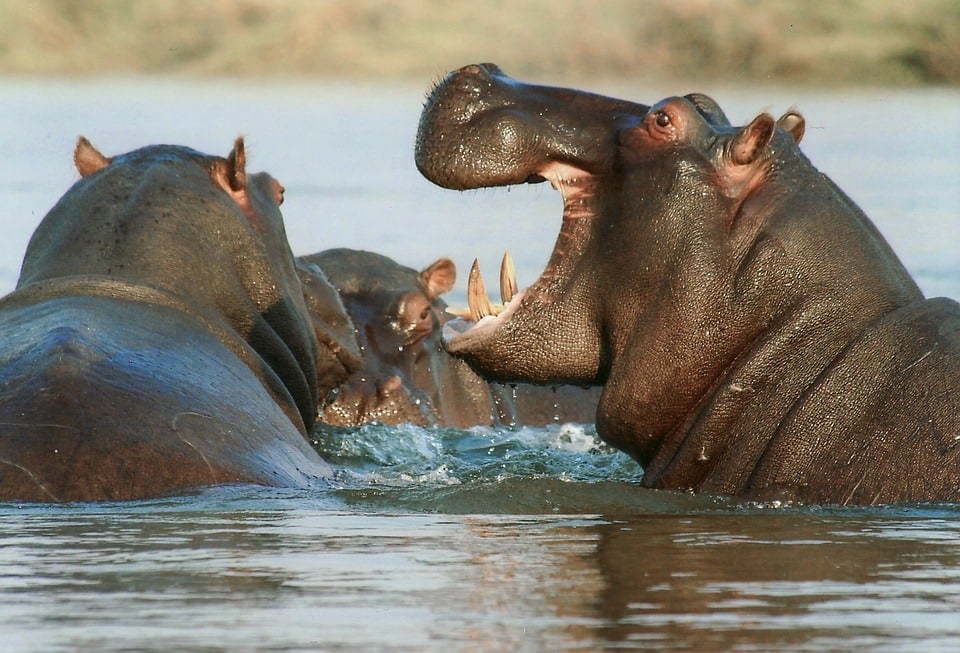
- Classification: Mammalia
- Scientific Name: Hippopotamus amphibius
- Lifespan: 40-50 years
- Population: between 115,000-130000
- Weight: Male 1500-1800 kg
- Female 1300-1500 kg
- Height: 1.3-1.6 m
- Length: 3.3 -5.2 m
- Habitats: rivers, swamps, wetlands
The hippopotamus is largely found in Sub-Saharan Africa. They are extremely dangerous to humans; hippos have been known to drag people into lakes, tip their boats on the water, bite off their heads, or trample over them. Their weight and tusk are the primary way they kill humans. They cause up to 500 deaths yearly.
Mode of Attack
They are very aggressive when they feel threatened. They can open their mouth 150 degrees, making it quite easy for a hippopotamus to put their prey inside their mouth and bite off any part of their body. Human bite force by hippos is approximately 200 pounds per square inch, but they don’t eat their prey. They also use their tusks, which can grow up to a foot, to fight off intruders.
Prevention and Control
- When a hippo opens its mouth and flashes its teeth, run immediately.
- If you happen to be in the water, move in the other direction from where you saw the hippo.
- Avoid areas where hippopotamus is prone to gather.
- If you are on land, find cover. Find a tree, rock, or vehicle to get between you and the hippo.
11. Elephants
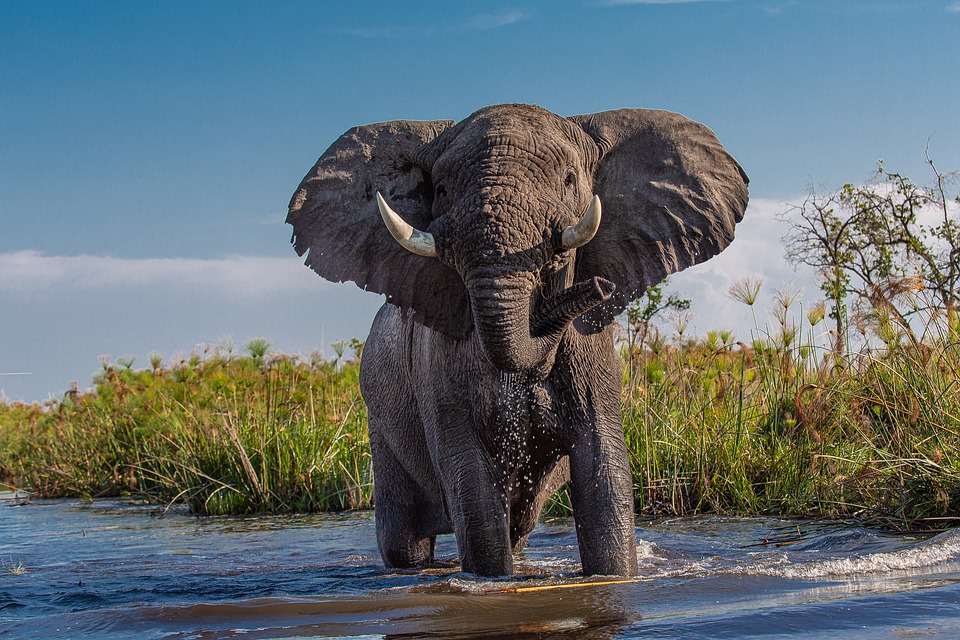
Classification: Mammalia
Scientific Name: Loxodonta
Lifespan: 56 years
Population: 40,000-50,000
Weight: Male 1800-6300 kg
Female 2700-3600kg
Length: 3.3-5.2m
Habitats: grasslands, forests, deserts, swamps, and highlands.
Elephants are one of the largest land animals commonly found in the forest India region, south Asian areas, and Southern Africa. They cause 500 deaths per year. They mostly kill humans when they feel threatened.
Also, there have been cases where tuberculosis from humans is transmitted to elephants, and then the same elephant transmits it to another human.
Mode of attack:
They are more likely to attack intruders and protect their young ones. Elephant tusks are made of strong ivory, which can tear open human flesh and even shatter human bones. A single kick from this animal can scatter your ribs. One step downwards can completely break any of your limbs. With only his trunk, an elephant can crush your skull and it can snap your neck. Really one of the Animals that Kill Humans.
Prevention and Control
- You have to read the signals early and identify whether you see a bluff or an actual charge.
- If you read the body language and believe it’s a bluff charge, stay calm and give them space.
- If they keep approaching despite your calm, yelling becomes an option here. It shows that you are not intimidated and could be a threat if they come closer.
- If it’s not a bluff charge, you’re in serious trouble.
- Run and run in a zig-zag pattern.
- Don’t climb a tree unless it’s a massive tree.
- You’re better off using your energy running.
12. Lion
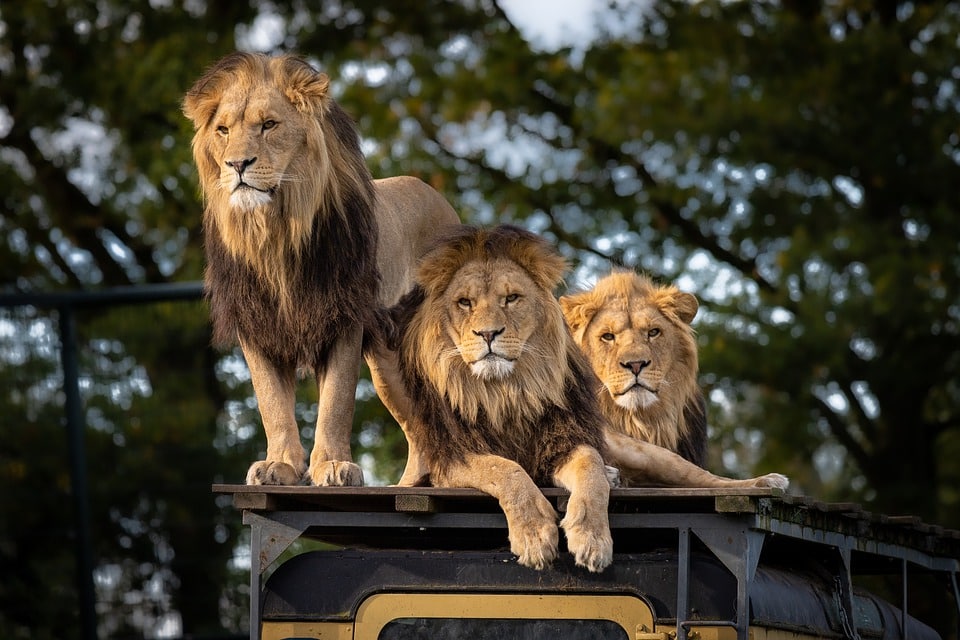
- Classification: Mammalia
- Scientific Name: Panthera leo
- Lifespan: 8-12 years (Male), 12-15 years (Female)
- Weight: 330-570 kg (Male), 270-400 kg (Female)
- Length: 5.6-8.3 ft (Male), 4.6-5.7 ft (Female)
- Habitats: grassland, open woodland, savannah, or dense scrub
A large percentage of lions live in Africa, below the Sahara desert. Humans are not natural prey to lions, but they cause 200 deaths yearly. Lions will attack humans when they feel threatened, aggressive, or hungry.
Mode Of Attack
They are dangerous to humans when protecting the cubs, their territory, or when they are being hunted. They attack humans only when they are hungry or feel irritated and threatened. Lions are dangerous due to their speed and wild instinct. Lions stalk their prey and, when close enough, attempt a quick charge on them, trying to pounce on their target or knock it over.
Prevention and Control
- You should never approach a lion or its tribe.
- If a lion tries to approach you, never turn your back.
- Stand your ground while retreating slowly but never run.
- You can clap, whistle, or shout to show that you’re not intimidated.
- Do not slouch your shoulders.
- Always travel in a group when visiting areas where lions live. You will be less likely to be attacked in a group.
13. Box Jellyfish
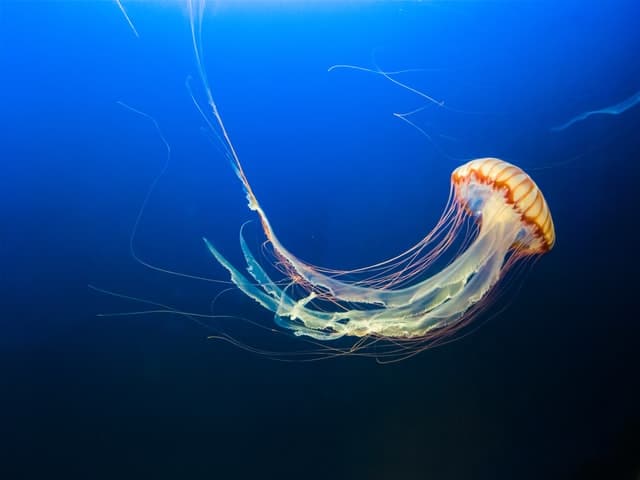
- Classification: Cubozoa
- Scientific Name: Chironex fleckeri
- Lifespan: up to one year
- Weight: 2kg
- Length: Adult: 8 inch
- Habitats: ocean, freshwater river, mangrove channels
Box jellies live mainly in coastal waters off Northern Australia and throughout the Indo-Pacific. They are found in tropical waters around Thailand, Hawaii, the Gulf of Mexico, and other areas.
Box-jellyfish have venom that can cause a person to die within minutes after they have been stung. The venom’s toxins attack the skin cells, nervous system, and heart. There have been over 100 cases of death caused by box-jellyfish yearly.
Mode of Attack
They use their stingers to protect themselves and attack prey, usually shrimp. When you move against their tentacles, the stingers enter the skin and release the venom. Thats why you see them on Animals That Kill Humans.
Prevention and Control
- Do not swim near tropical coasts between November and April during jellyfish season.
- Always put on a wetsuit or protective clothing when swimming.
- Ensure you put on waterproof sandals or shoes when walking through shallow water.
- Stamp your feet to make sea animals know you are around.
- Never touch dead jellyfish that have washed up on the shore.
- Rainy and windy conditions are better for swimming than on a sunny day because of jellyfish.
Summary: Top 13 Animals That Kill Humans
Human beings are not as predator-free as you’d like to imagine. We’ve compiled a list of the top 13 animals that kill humans and where you will most likely find them. If you find yourself in their habitat, obey the rules of nature — do not spook the animals.
If you encounter any of these animals, our outlined tips should keep you safe until help comes.
f you enjoyed this blog, please look at our Most Endangered Animals, Top 10 Ugly Animals, Top 5 Rarest Animals in the World, or The Top 10 Cutest Animals– enjoy reading!
Thank you for reading Animals That Kill Humans!
Join our Forum for free today!

- These are The 5 Largest Great White Sharks Ever Recorded - July 19, 2024
- The Surprising Benefits of Big Game Hunting - July 18, 2024
- $100k+ Hunting Experiences The Most Expensive Animals to Pursue - July 17, 2024

